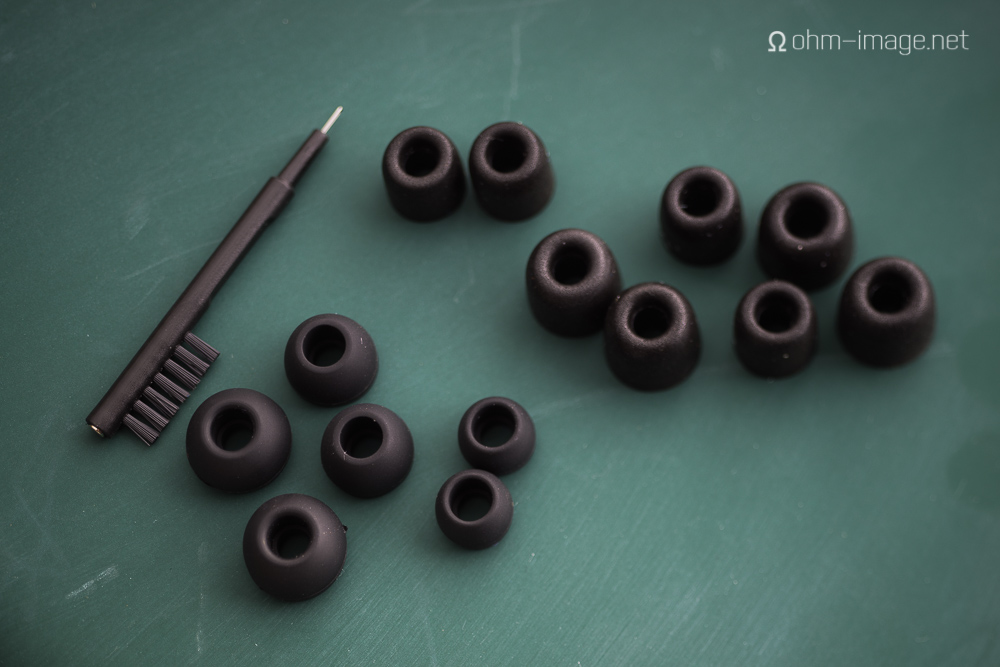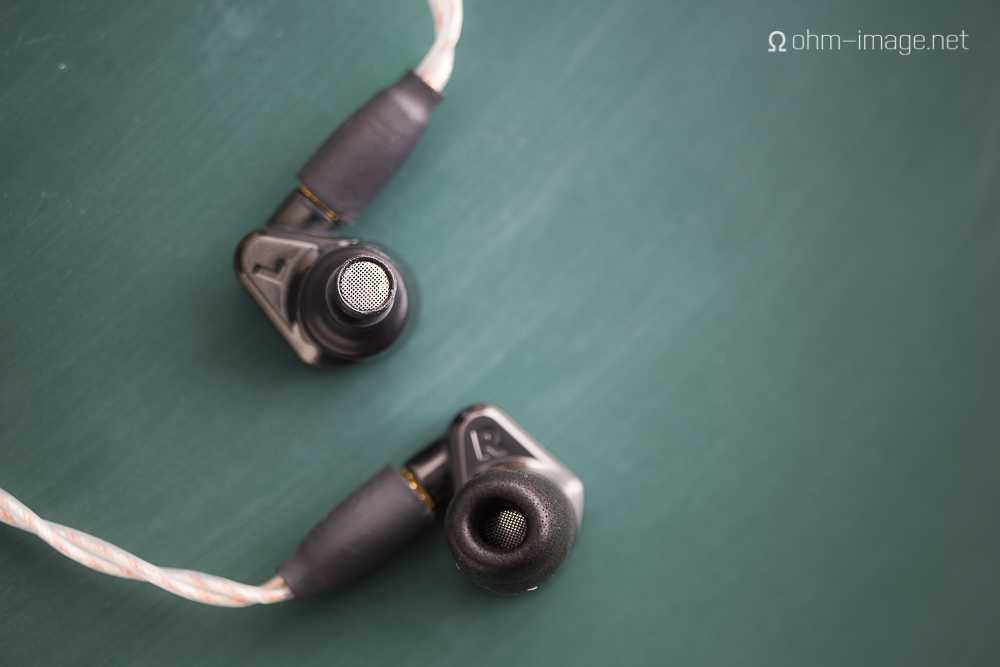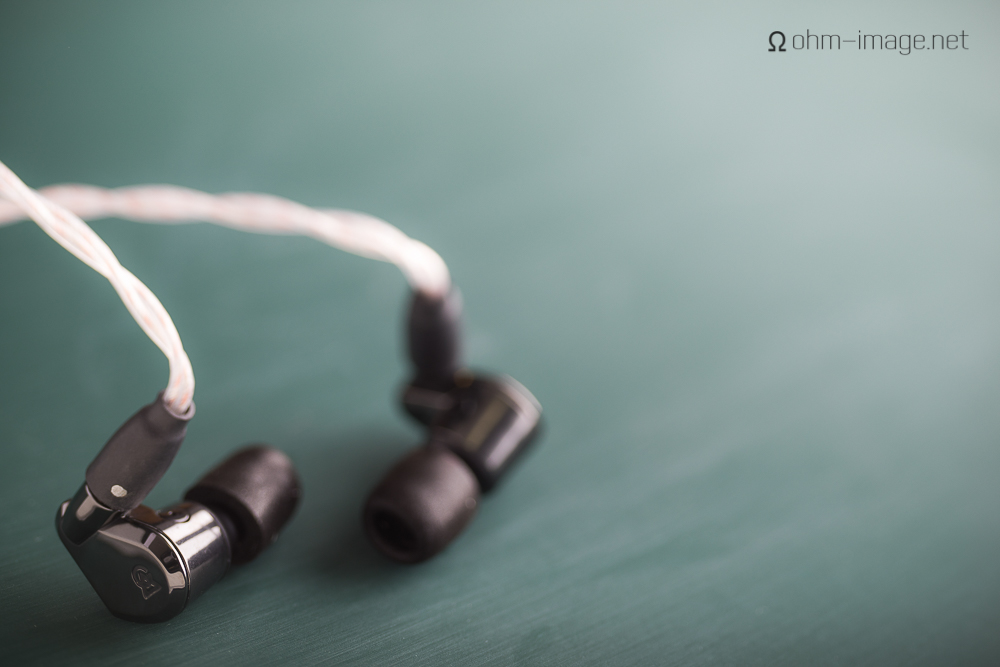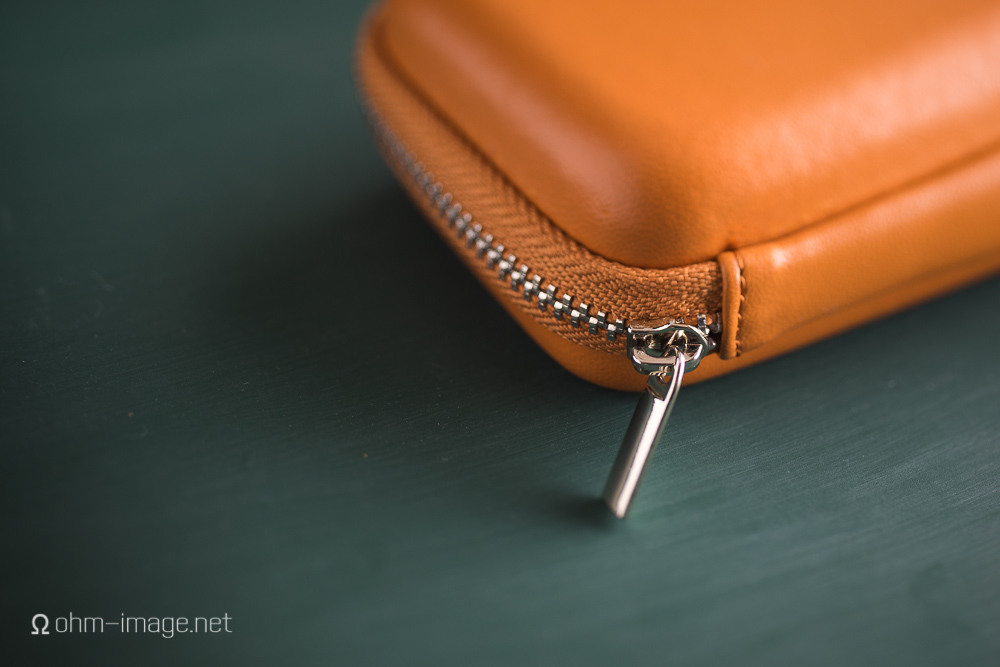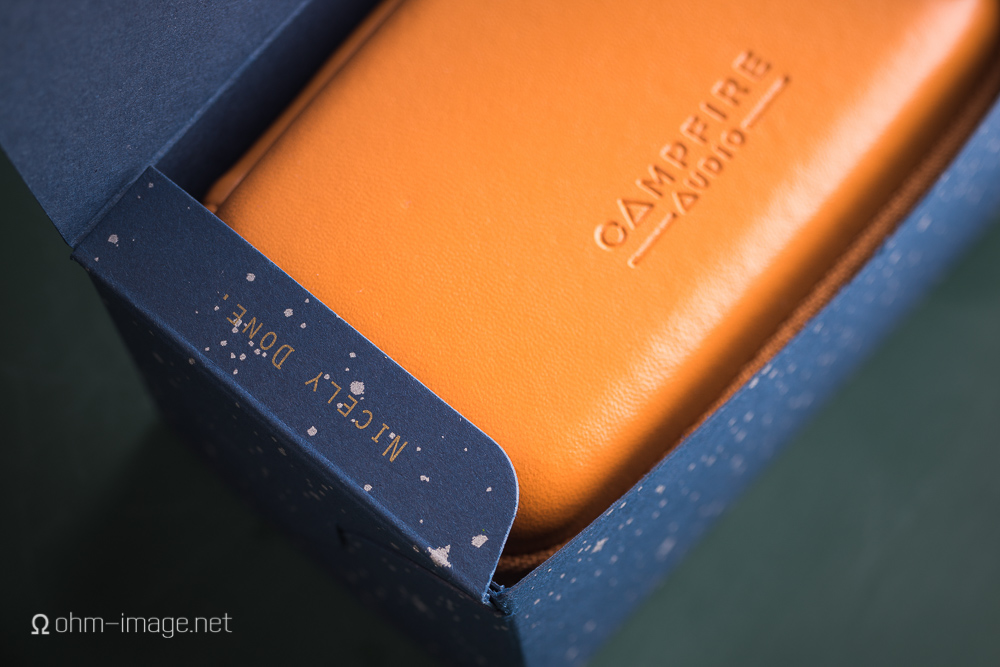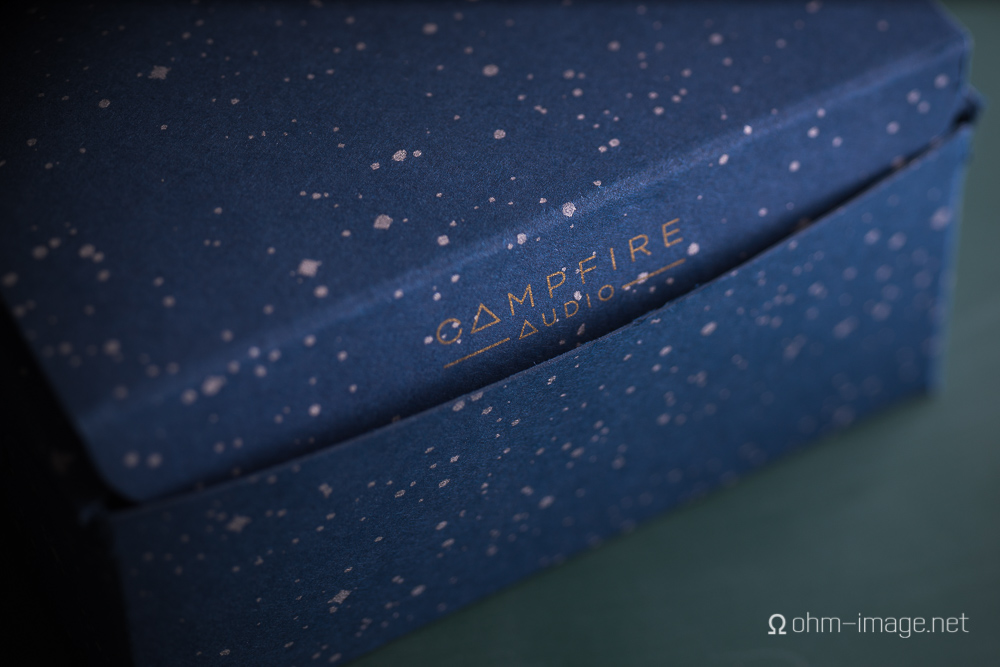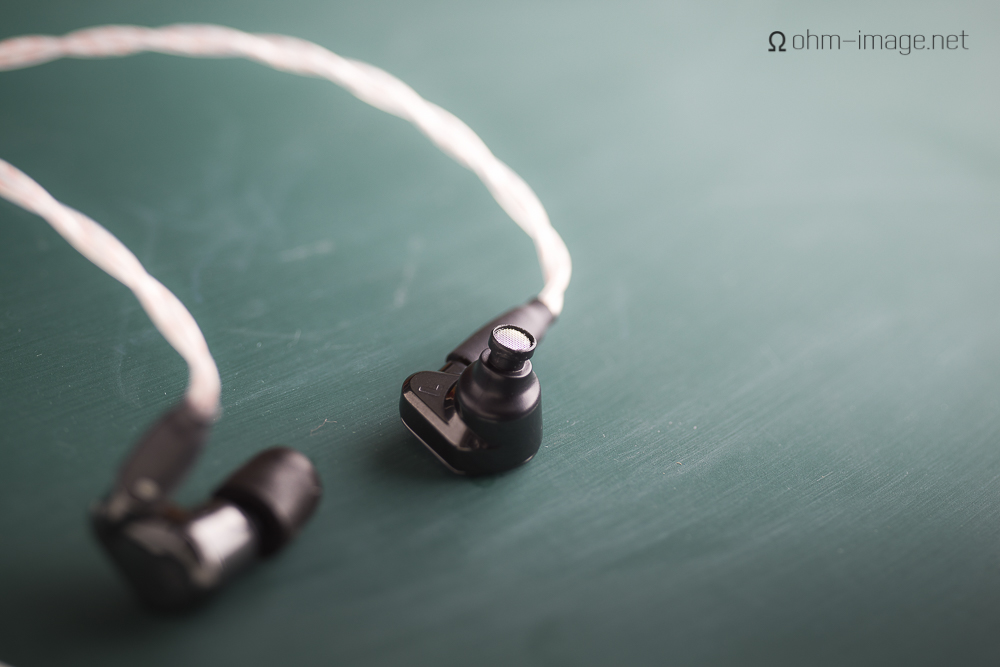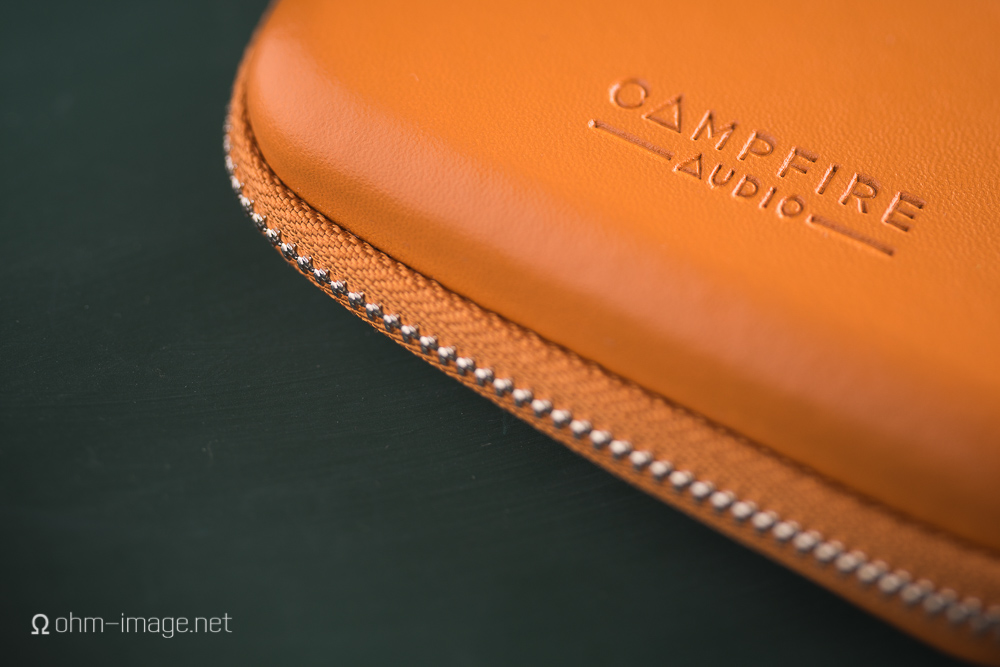Disclaimer: ALO Audio sent me the Lyra to review here and at Headfonia. I paid nothing for it. It will go for 749$ USD. Campfire Audio's website isn't quite ready for prime time.
Knocking back 200mm of chilled Glenfiddich didn't exactly help me catch the heavily-stylised C in the Campfire Audio logo. Still, to a pleasant inebriate, the boorish, techy name, Ampfire Audio, kinda works. I've since been straightened out. There's a C there. Which makes a lot more sense for a brand straight out of flannel-wearing Oregonian.
Campfire Audio.
A thermos leaking ethanol under a thirty kilogram pack. Twenty salty streams down your back. Mosquitos. Burying your own crap for a week: an encyclopaedic way of redefining the comfy listening chair. I get it. Even after authorities's bear warnings, there's nothing like a nicely pegged tent, a pair of dry flip flops, and an ice cold lake to make you appreciate that twenty click trek. And when you're enjoying that hush hush fire at the top of the pass, or when you're counting sheep and squinting for that last, bastard mosquito in your tent, a bit of music isn't at all a bad idea.
Campfire Audio.
I get it.
Lyra is the smallest, and only earphone in the Campfire Audio lineup to sport a dynamic driver. What's most cracking to me about it is its sturdy-as-tools leather case. Inside is fur - and not the fake, faux-snake-draped, gawdy stuff shitting all over the Final Audio VIII - no. It's the scruffy, felty sort, the kind you see inside the flannel of a winterised Canuck. For some critter, it once was skin. It's zippered together by real metal, the sort your grandpa packed his well-used Leatherman in before he kicked it. All of that comes in a contrasty, false-bottomed cardboard box, in which are hidden the following accessories:
Oh yeah, and here's the case in its skinny cardboard box.
You won't find less packaging waste this side of an egg (those things are godlike).
Lyra's ultra-low distortion 8,5mm beryllium dynamic driver sits behind hard acrylic. The sound tube is plastic. Cables connect via MMCX ports. Speaking of cables: I wear glasses. And the stock cables are yolked to memory wire fit enough to springboard a grizzly bear. I swapped it for one of PlusSound's memory-free cables. Sorry Campfire guys.
If you don't wear glasses, you'll may or may not get on. Honestly, this wire is a bugger. We'll have to chat when this thing goes public.
Lyra's ceramic case is solid, finely buttoned, and well-labelled. Not that you'll need them, but a big L and R etch into the inside hind side of each earphone just below the MMCX port. Lyra is both tightly designed and sturdy.
It fits a bit like the concha-shy FitEar 111: you won't get it to sit flat in your ear. If your cable gets on with your ears, you'll get rotation-free fit, but if Ultrasone IQ-stability is what you're after, move along. The good news is that Lyra's non-flush fit makes it easy to shoehorn it into any-sized ear out there. Even my wife's miniature ears welcome Lyra sans fush.
The beryllium drivers (as seen in Noble Audio's Noble One speakers) are pretty cool to start. But a good acrylic resonant housing is the icing on the cake. This cake has the powerful low-frequency sound pressure that got me humming in my review of the Earsonics EM32. Lyra's isn't quite as dryly forceful, nor is it as Z-axis detailed as the Earsonics, but it puts out a lot of fast, clean sound pressure right through the groove zone in trance and hip hop. It's not generally prone to high-bass bloom, and it can kick out the mildly deep eardrum-tickling rumble needed to turn Markus Schulz's Mainstage from an awkward melodic whisper into a rippling, yawning bass benchmark.
Transitions to mids are clean and contrasty. There's no way you'll be able to call out a specific frequency as the crossover point. But when mids this open and contrasty hit right after such powerful bass, you're bound to pick out their grit and meat. They have bite. Mids are pretty spacey, with deep stereo cues going off left and right, several centimetres out of your temples. Interestingly, bass tends to hit semi-left, semi-right of centre, strengthening stereo detail and impact.
Highs and mids melt into, and out of, one another. And upward extension is good to excellent. Space, too, is very good, and, if you've driven it properly, is reminiscent of the ultra-smooth and amazing ortofon e-Q8. Both mid-frequency tonality and its high-frequency tonality are spot on. Cymbals fade to black pretty damn quick, and vocals are crisp. Here and there, upper bass edges thin into open clangs unsuited to certain Of Monsters and Men ballads, but they fit Nick Cave to a T.
I'm pretty excited about Lyra. That it makes use of snappy MMCX cables is making me rethink the place another bass-powerful earphone, the Ultrasone IQ, has in my arsenal of earphones. Lyra is far less susceptible to bass bottoming than is IQ and much less sensitive to hiss. On the other hand, IQ fits much better and is more detailed in the upper mids to highs.
And while Lyra's fit isn't exactly on the levelof your favourite comfy chair, it sure as hell meets the requirements for a good, smokey, smores-inhaling, nature-breathing unwind for that awesome bit of moss, or blessed folding chair you decided to pack for your hush hush campfire way up yonder.
Lyra is lovely.
Be sure to check out Headfonia for the full essay.
NOTE: click images below to advance to the next frame.


